On 27 May, global health leaders will convene in Geneva for the annual World Health Assembly. The primary focus of the meeting will be a new ‘pandemic accord’, which aims to facilitate international cooperation in preparing for, preventing, and responding to pandemics. What is it? Will it make nations ready to tackle future COVID-19-like diseases? read more
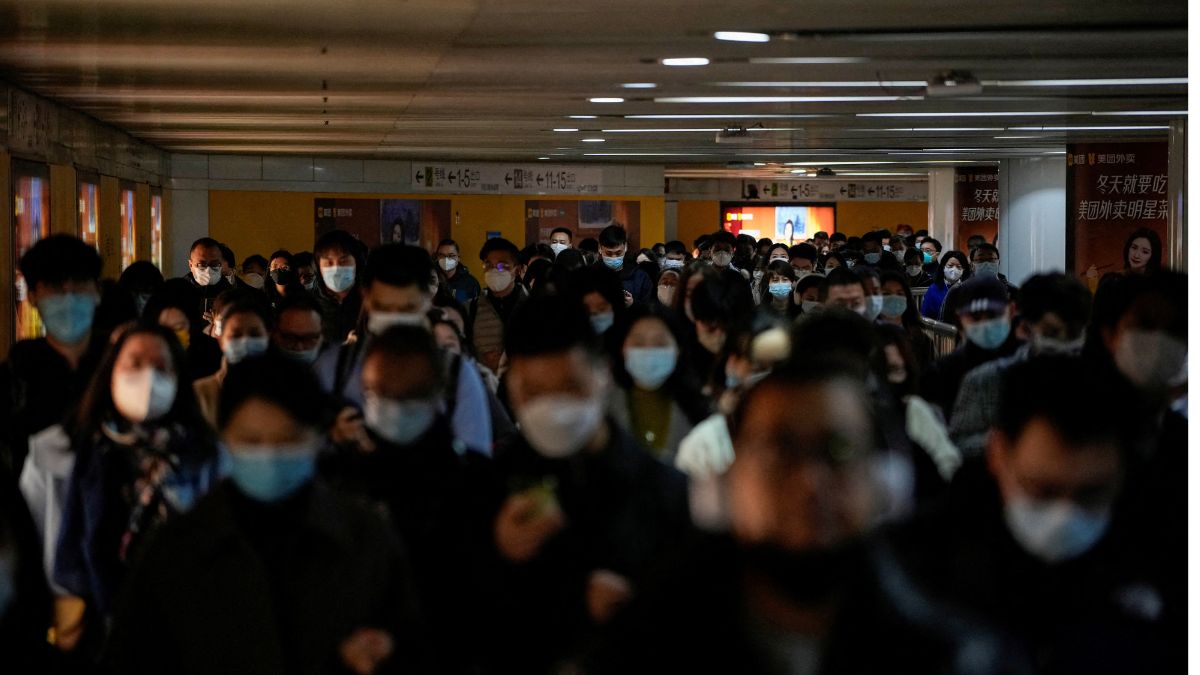)
People wearing face masks walk in a subway station, as coronavirus disease (COVID-19) outbreaks continue in Shanghai, China, 8 December, 2022. Reuters
Countries are approaching the conclusion of negotiations on a new international ‘pandemic accord,’ also known as a ‘pandemic agreement’ or ‘pandemic treaty.’ For over two years, representatives from World Health Organisation (WHO) member states have conducted a series of meetings to draft this agreement. A vote on the final text is anticipated at the World Health Assembly (WHA) on May 27, 2024.
The COVID-19 pandemic demonstrated definitively that no one is safe until everyone is safe, as a health crisis in one region can swiftly become a global issue. It also exposed the weaknesses in the international system responsible for coordinating the global response to pandemic threats. Various expert review panels have concurred on this point, emphasising the need for greater efforts to reduce the likelihood and impact of future pandemics.
The pandemic accord is being determined by governmental leaders from 194 countries through an ongoing negotiation process, facilitated by WHO, says the United Nations (UN).
How did the idea of a pandemic accord surface?
In December 2021, during a Special Session of the WHA, WHO Member States decided to establish an intergovernmental negotiating body (INB) to draft and negotiate a WHO convention, agreement, or other international instrument focused on pandemic prevention, preparedness, and response. This body represents all regions of the world.
The WHO currently has binding rules known as the International Health Regulations, which were updated in 2005. These regulations outline countries’ obligations regarding public health events with potential cross-border impacts, such as notifying the WHO immediately of a health emergency and implementing measures on trade and travel.
Although these regulations, adopted after the 2002-2003 SARS outbreak, are still considered suitable for regional epidemics like Ebola, they are deemed insufficient for managing a global pandemic. Consequently, these regulations are being reviewed in light of the COVID-19 pandemic.
Also Read: China releases citizen journalist Zhang Zhan after 4 years of imprisonment for Covid-19 coverage
For the new, more comprehensive pandemic accord, member states have agreed that it should be legally binding for those who sign up, addressing early concerns from the United States. This would make it only the second such health accord, following the 2003 Framework Convention on Tobacco Control, which aims to reduce smoking through taxation and rules on labeling and advertising.
What does the accord hope to achieve?
The idea behind the accord is to ensure the world is better prepared for and protected from future pandemics, guaranteeing equitable access to the necessary tools, vaccines, and treatments to stop potential outbreaks.
The COVID-19 pandemic had a devastating global impact, directly causing about 7 million deaths, with excess deaths or indirect deaths, according to WHO, estimated to be at least double that number. The disruption caused by the virus led to increased poverty and hunger, and health systems struggled to provide regular care, particularly affecting people in poorer countries.
The accord aims to prevent such widespread disruption and suffering in the future. Announcing the plans, world leaders described the treaty as “our legacy that protects our children and grandchildren,” echoing that it would be guided by principles of solidarity, fairness, transparency, inclusiveness, and equity.
Where have the negotiations reached?
Negotiators are currently meeting almost every day from 9am to 9pm to finalise the negotiations before the assembly. This intensive effort follows multiple sessions where draft texts have been proposed and revised.
The latest publicly available draft indicates that significant agreements have been reached in various areas. For instance, there is consensus on the necessity for countries to “strengthen science, public health, and pandemic literacy in the population.”
The draft includes plans to establish a “conference of the parties (COP)” to regularly review the implementation of the agreement and promises additional financial resources for lower-income countries.
Also Read: AstraZeneca: The ‘saviour’ of Covid pandemic, marred with misinformation
Despite this progress, some contentious issues remain unresolved, particularly concerning “pathogen access and benefit sharing.” The debate centres on whether poorer countries, if they provide richer nations and pharmaceutical companies with access to pathogens that could become pandemics, can be guaranteed access to the resulting vaccines and medicines.
Recent drafts suggest that while such a system could be agreed upon in principle, the specifics are deferred for future discussions.
It remains uncertain whether the accord will be formalised as a treaty, which would grant it greater force in international law, or as a regulation.
What are possible outcomes of the negotiations?
With the vote expected on 27 May, there is a possibility that the vote could be delayed to allow more time for negotiations, or the process could be halted temporarily or permanently if sufficient agreement is not reached.
If member states vote in favour, the agreement would be adopted as one of several types of international legal agreements allowed under the WHO Constitution. The specific form the agreement will take is still under negotiation at the INB, with possibilities including a “treaty,” “regulation,” or “resolution/decision,” each with distinct characteristics and implications:
Treaty
Proponents’ Preference: Most member states and proponents favour a treaty as it is expected to have the greatest influence and broadest potential scope.
Draft Indications: The latest draft includes text suggesting adoption and ratification as a treaty, though this could change.
Approval Requirements: A treaty would require a high threshold for approval votes, subsequent ratification by a minimum number of member states to enter into force, and would only apply to those member states that ratify it.
Regulation
Immediate Effect: If approved as a regulation, it would enter into force immediately for all member states unless they opt out.
Influence and Scope: Although potentially less influential than a treaty, a regulation might have some limitations on the issues it can directly address.
Resolution or Decision
Support Statement: This form would essentially be a statement of support for certain principles without imposing specific legal obligations on member states.
Perceived Weakness: It is considered the weakest and least ambitious form of agreement, offering no binding commitments.
Many campaigners have expressed disappointment as details of the negotiations have emerged. This month, Global Justice Now accused wealthy countries of “refusing to learn the lessons of the Covid-19 pandemic” and obstructing efforts to challenge the vested interests of big pharmaceutical companies.
Some critics question the need for a treaty altogether, arguing that it might not address the problems highlighted during the Covid-19 pandemic. They contend that countries are likely to ignore aspects of a treaty they disagree with during an emergency, thereby undermining its effectiveness.
How will the accord change countries’ pandemic response?
The pandemic accord is meant to enhance collaboration and coordination across sectors, ensuring protection for all individuals, including youth, healthcare professionals, community members, patients, and others in society.
If agreed upon, the accord would promote greater transparency and collaboration among countries in key areas of a global pandemic response. It would also establish means to encourage compliance, such as reporting and accountability procedures.
Importantly, the accord would not transfer control of domestic public health policies to the WHO or any other international body.
Does the accord give WHO control over a nation?
Despite its intentions, the proposed pandemic treaty has faced criticism on social media, predominantly from right-wing critics who argue it could result in countries ceding authority to the WHO. The WHO has strongly refuted these claims, stating that governments are leading the negotiations and have the freedom to reject the accord.
The accord has been plagued by widespread misinformation and disinformation. False claims have circulated, suggesting that the agreement would give the WHO the authority to impose lockdowns or require countries to give away a fifth of their vaccines.
A WHO spokesperson responded to such claims stating that such assertions are “false and have never been requested nor proposed. This agreement will not, and cannot, grant sovereignty to WHO.”
In many countries, the discussion around the accord has become highly politicised, with concerns about sovereignty becoming a central issue in mainstream politics.
Also Read: Less sugar, more millets, pulses, some meat: What the ideal Indian diet should look like
The draft text of the agreement reaffirms “the principle of the sovereignty of states in addressing public health matters” and acknowledges “the sovereign right of states over their biological resources.”
The pandemic accord would respect each country’s sovereignty, allowing them to implement the agreement according to their own laws and policies, says the UN.
Anmol is a Senior Sub-Editor with Firstpost. He likes to cover stories that amuse him, generally revolving around international polity, Indian foreign policy, human interest, environment and even the politically-charged election cycles in India. He has far too many disparate interests with a constant itch for travel. Having visited fourteen states in the Indian subcontinent, he is always on the lookout for opportunities to add more to the list. He enjoys watching Football, Tennis and F1 purely as a sports enthusiast. see more

 3 months ago
12
3 months ago
12

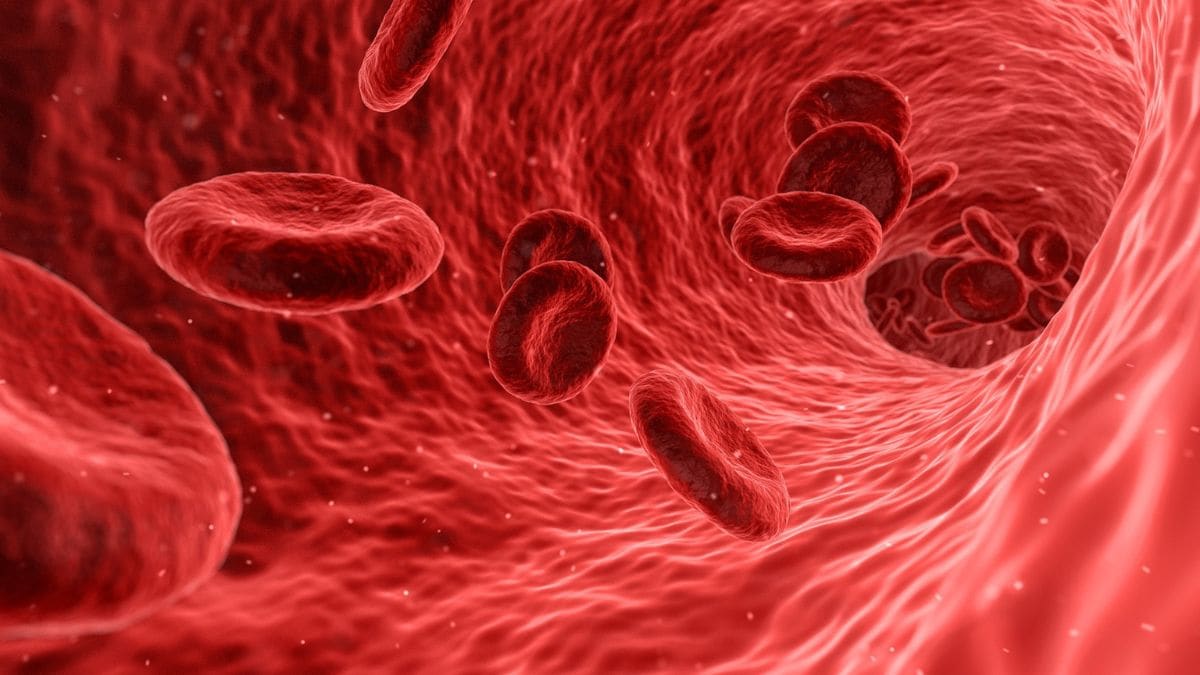
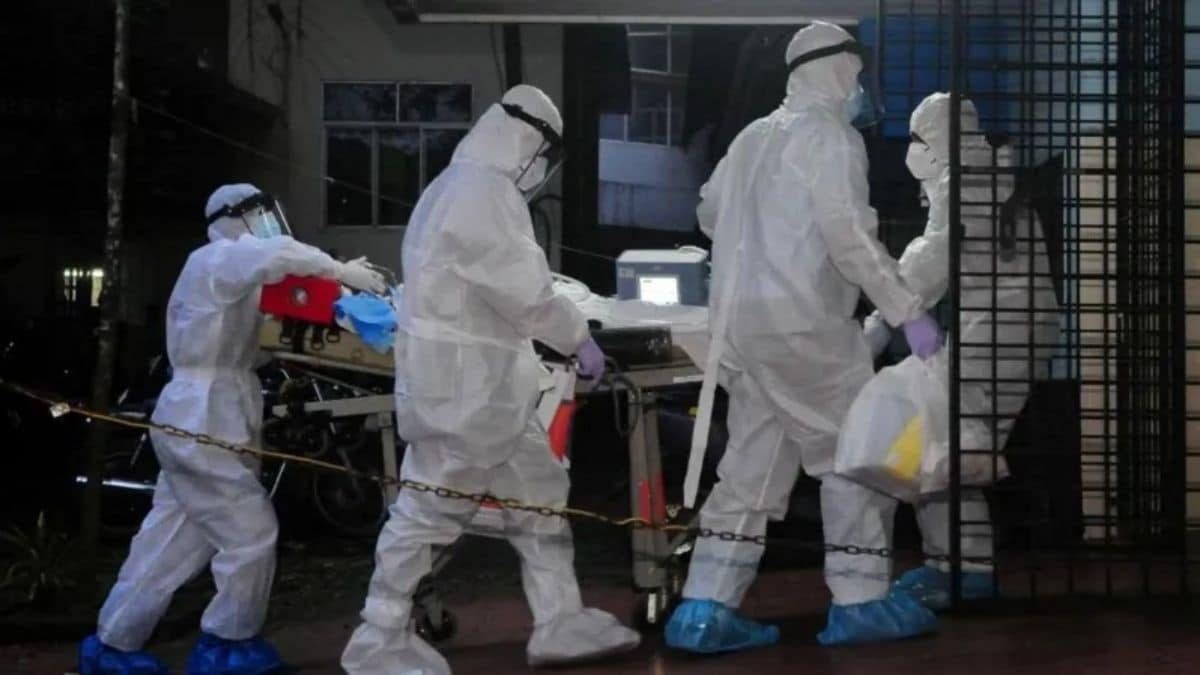
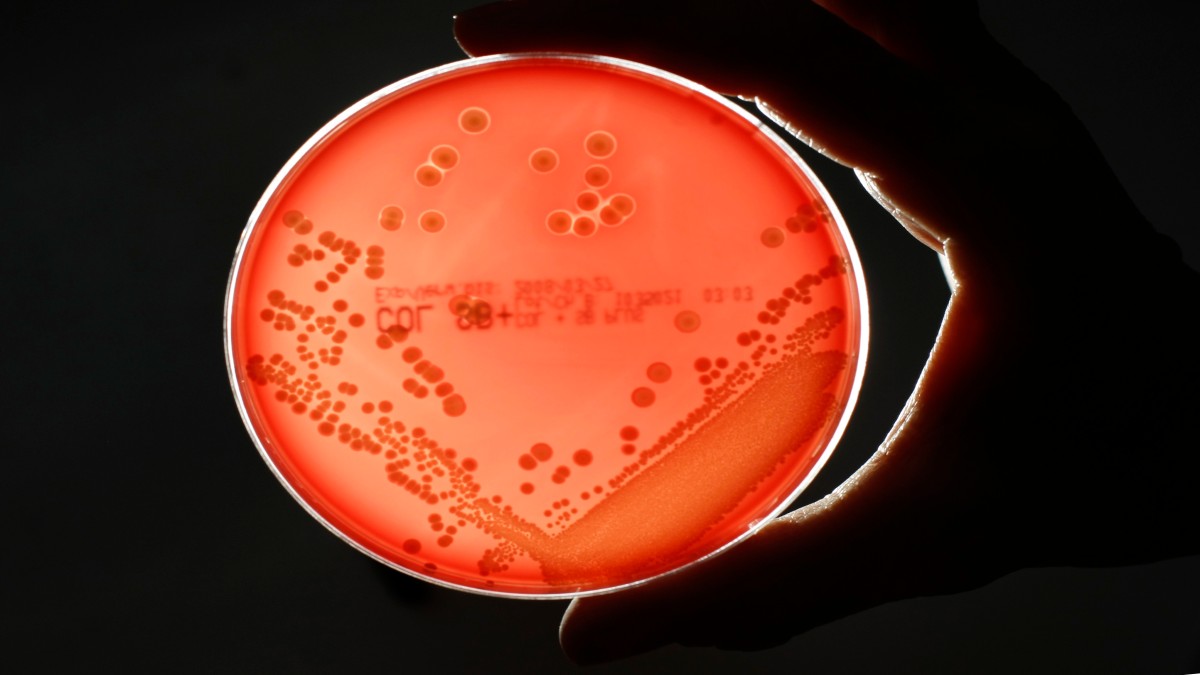
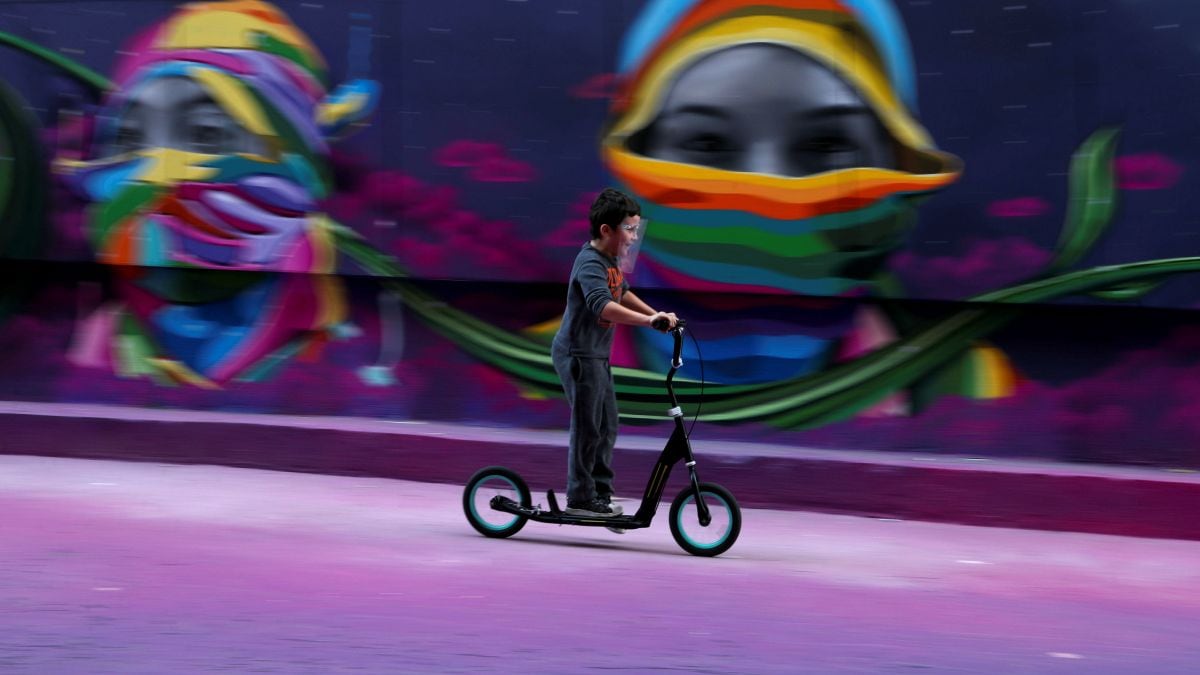




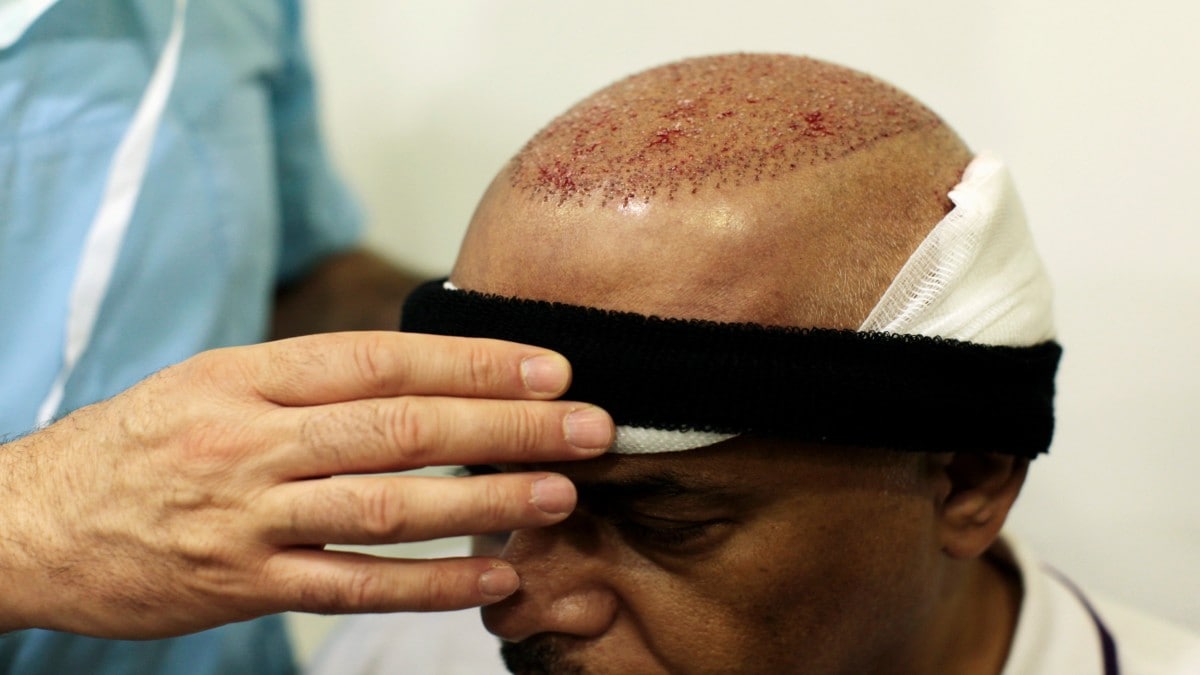
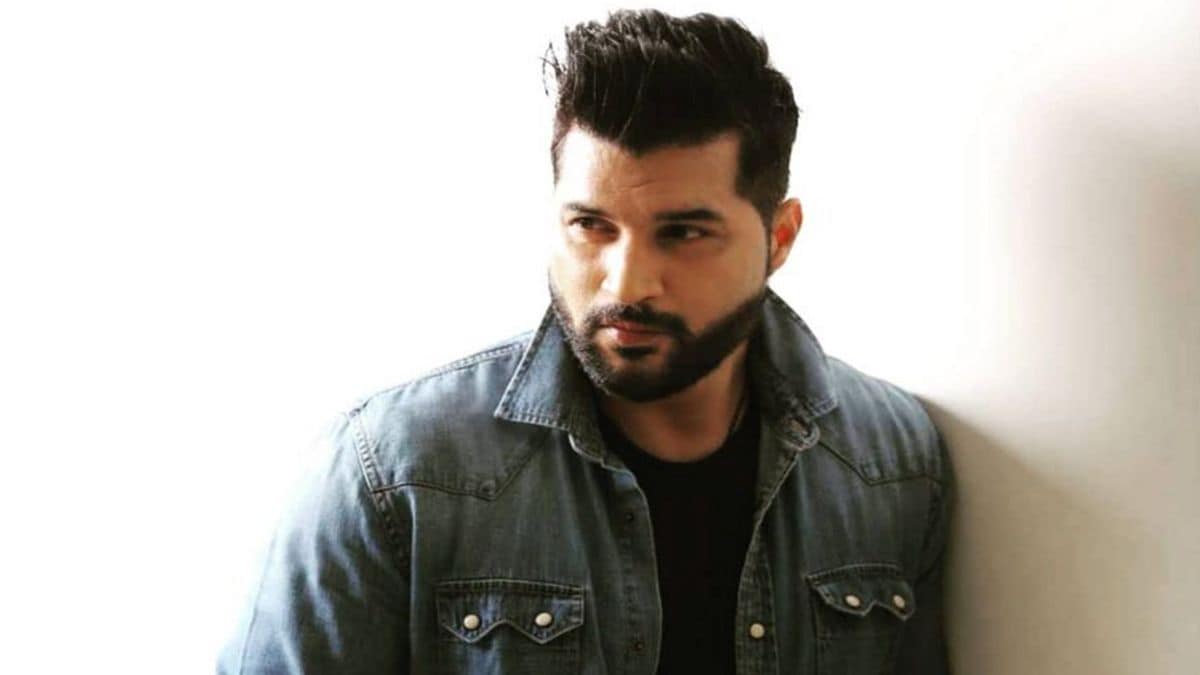



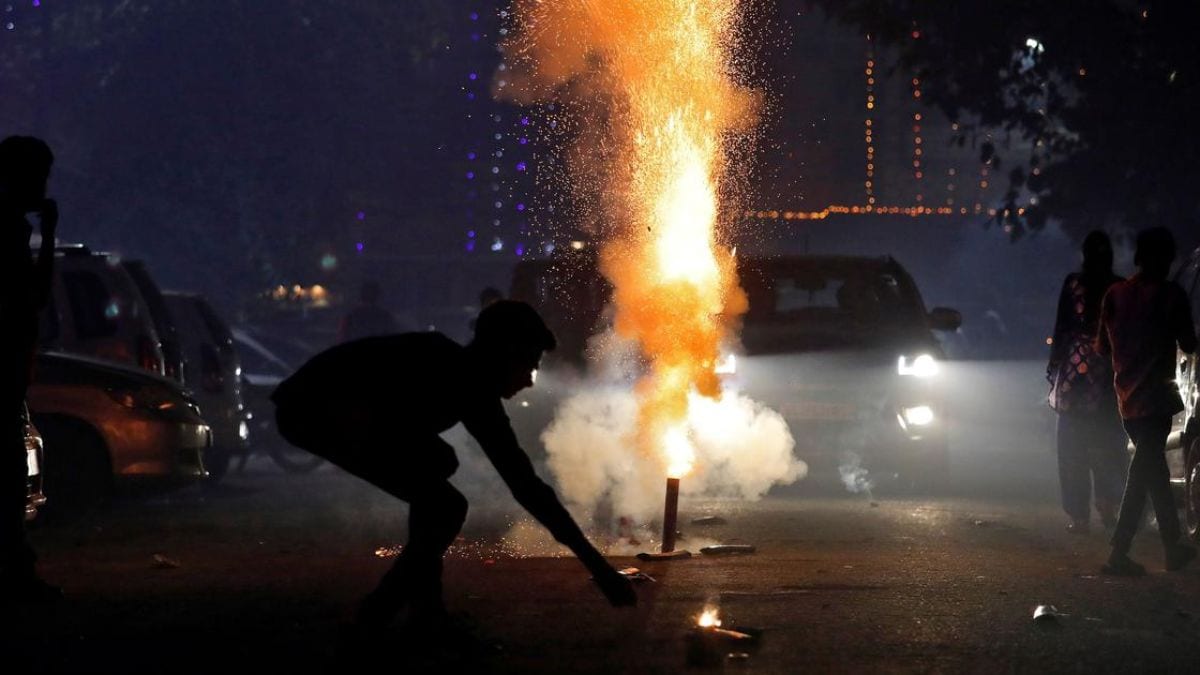
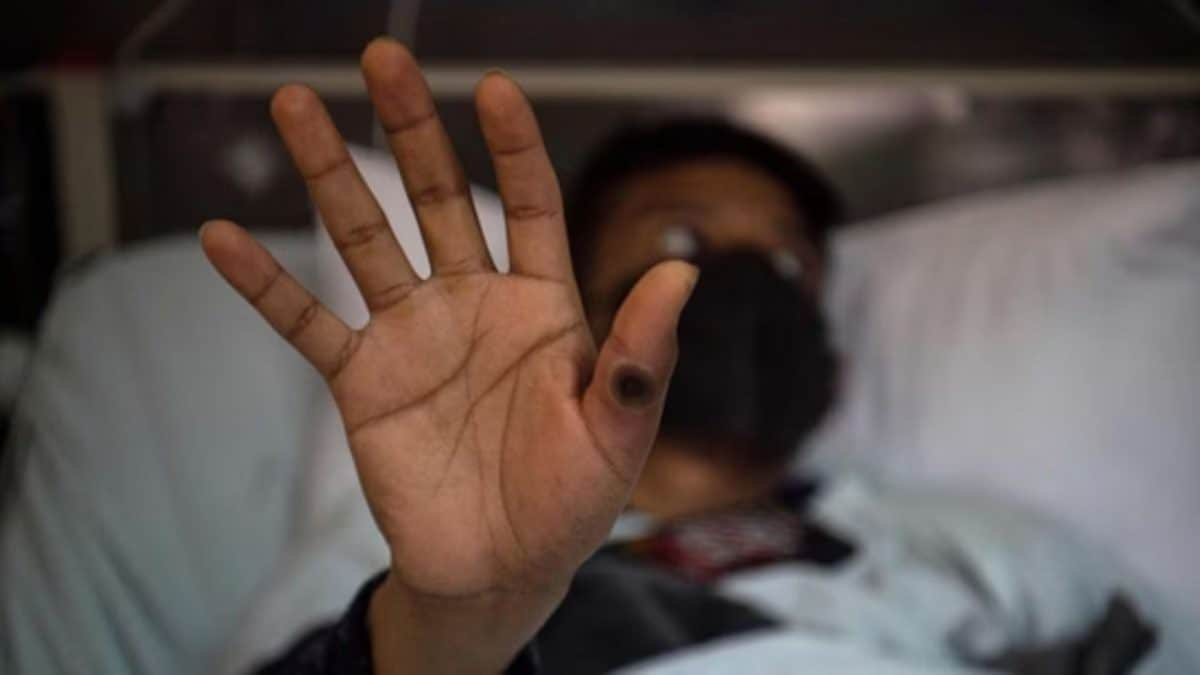
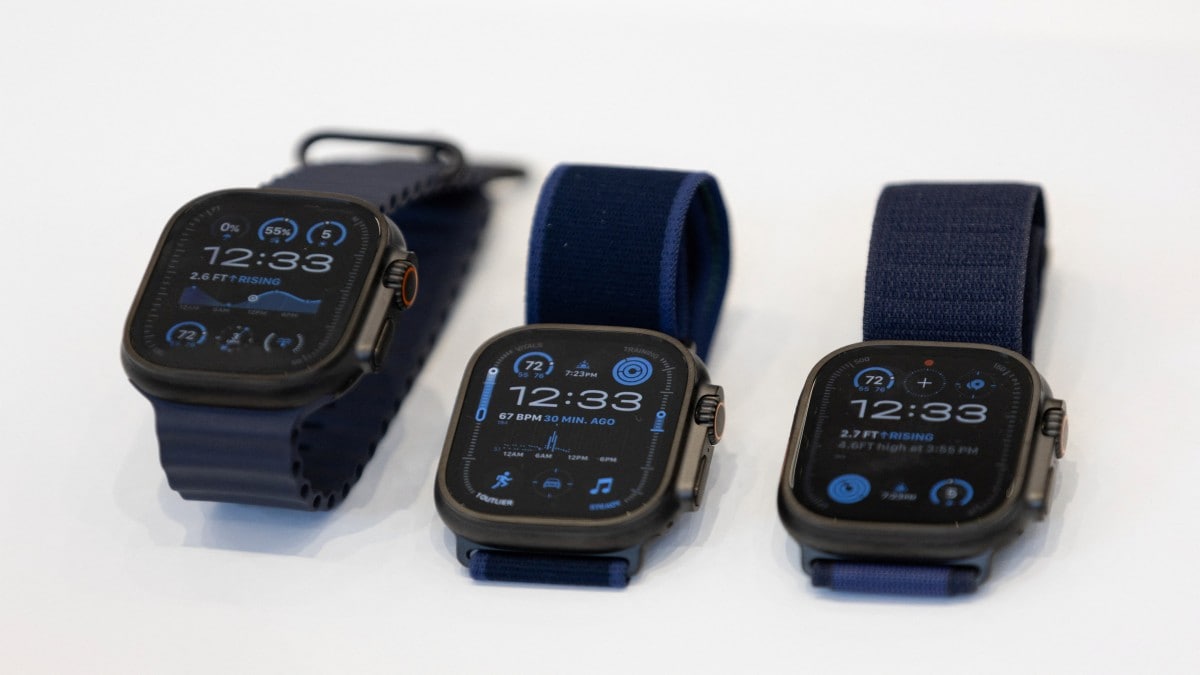

)
)
)
)
)
)
)
 English (US) ·
English (US) ·